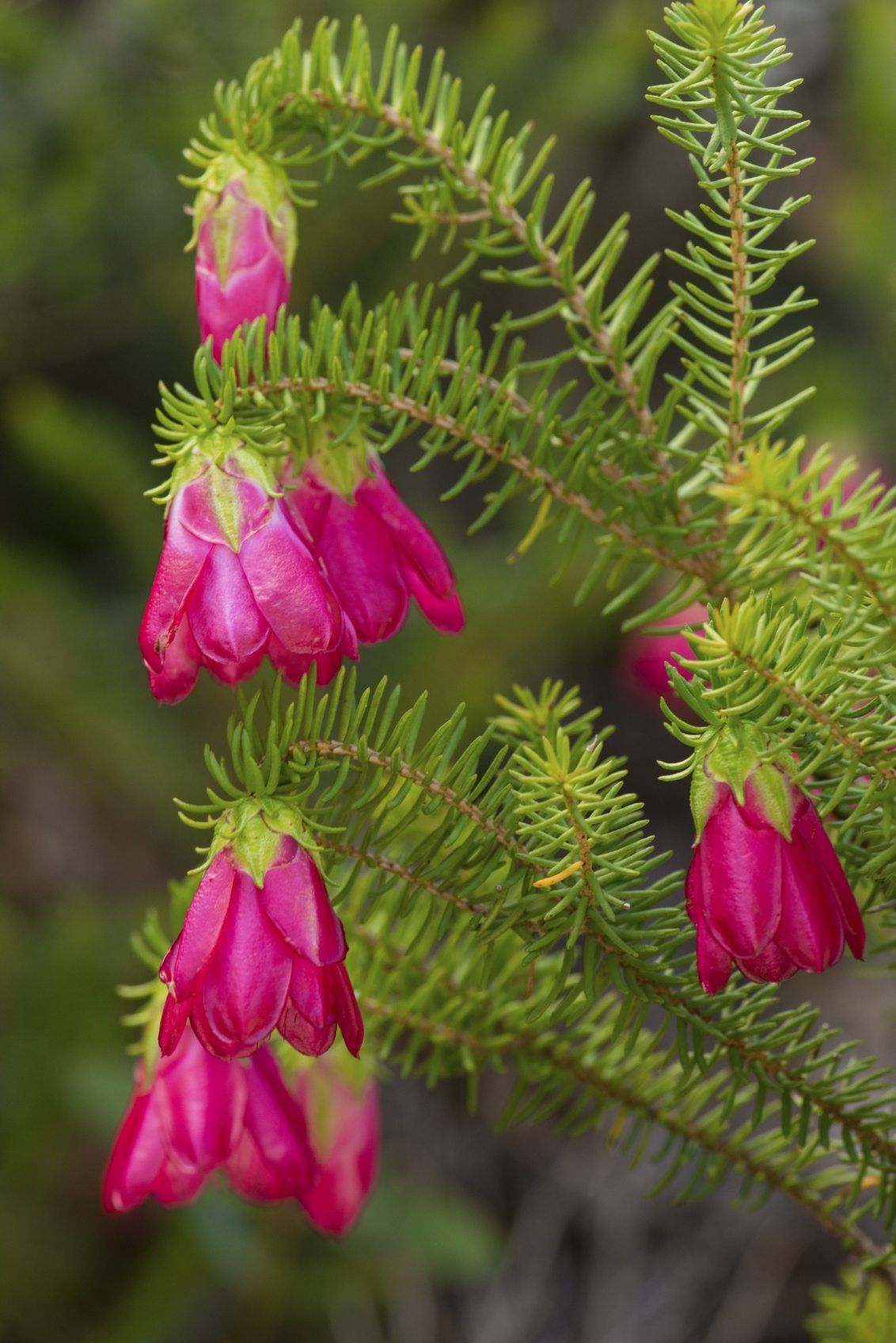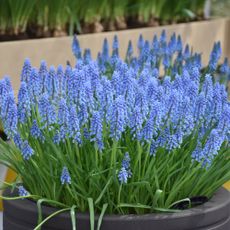Darwinia Care – Learn About Darwinia Growing Conditions


When someone talks about growing Darwinia plants, your first reaction may be: “what is a Darwinia plant?” Plants of the genus Darwinia are native to Australia and very drought-tolerant after establishment. Some 20 to 37 different species exist, but few are well known or cultivated very much in the United States. That being said, as gardeners look for waterwise flowering plants for the backyard, more and more are turning to Darwinia plants.
What is a Darwinia Plant?
Darwinia plants are evergreen, somewhat scrubby bushes that are only found in the wild in western Australia. Two types exist, distinguishable by the Darwinia flowers. One group offers spectacular, bell-shaped flowers while the other grows smaller flowers and is known as the rose-type Darwinia. Popular Darwinia hookeriana shrubs grow to about 3 feet (1 m.) tall with small, terminal flowers surrounded by brilliant, red bracts that make the plant attractive. Bracts can appear six months before the flowers in generous numbers. You might find 250 bracts on a single plant! Darwinia flowers are wonderful for cutting and look great in an indoor bouquet. They also dry nicely. Just cut the Darwinia flowers and hang them in a cool, dark area to dry.
Darwinia Growing Conditions
If you are interested in growing Darwinia, you’ll be happy to hear that Darwinia care is not difficult. Since these perennial shrubs are native to the southernmost regions of Australia, zones 9 and higher would be suitable for growing them here in the U.S., though with adequate protection, Darwinia should be fine in zones 8 and 8b as well. Plant Darwinia in an open, airy location. In order for these plants to thrive, Darwinia growing conditions must include cool soil for their roots to grow in. Use an ample layer of mulch to keep the root zone cool. Darwinia care includes generous irrigation through the first summer after planting. After that, stop offering water. Many gardeners forget that Darwinia growing conditions must be on the dry side and kill the plants by overwatering. Darwinia flowers won’t be happy in damp, dank conditions. If you are growing Darwinia in soil that is too wet, the plants can die or suffer from powdery mildew. Darwinias can get scrubby, so Darwinia care should also include an annual pruning. Trimming Darwinias every year helps keep them compact and nicely shaped. Prune just after flowering, in late spring or early summer. An additional advantage is that, with reduced foliage, the plants require less water.
Gardening tips, videos, info and more delivered right to your inbox!
Sign up for the Gardening Know How newsletter today and receive a free copy of our e-book "How to Grow Delicious Tomatoes".

Teo Spengler is a master gardener and a docent at the San Francisco Botanical Garden, where she hosts public tours. She has studied horticulture and written about nature, trees, plants, and gardening for more than two decades. Her extended family includes some 30 houseplants and hundreds of outdoor plants, including 250 trees, which are her main passion. Spengler currently splits her life between San Francisco and the French Basque Country, though she was raised in Alaska, giving her experience of gardening in a range of climates.
-
 Best Tomatoes For Containers: 10 Tastiest Varieties For Plentiful Produce In Compact Areas
Best Tomatoes For Containers: 10 Tastiest Varieties For Plentiful Produce In Compact AreasThese are the best tomatoes for containers that prove you don't need to have a large space or elaborate garden to grow delicious produce.
By Bonnie L. Grant
-
 Ultimate Potted Flowers For Spring: 8 Brilliant Blooming Options for Spring Containers
Ultimate Potted Flowers For Spring: 8 Brilliant Blooming Options for Spring ContainersCelebrate the most uplifting of seasons with the most dazzling container flowers imaginable. Here, we present some of the loveliest potted flowers for spring…
By Tonya Barnett